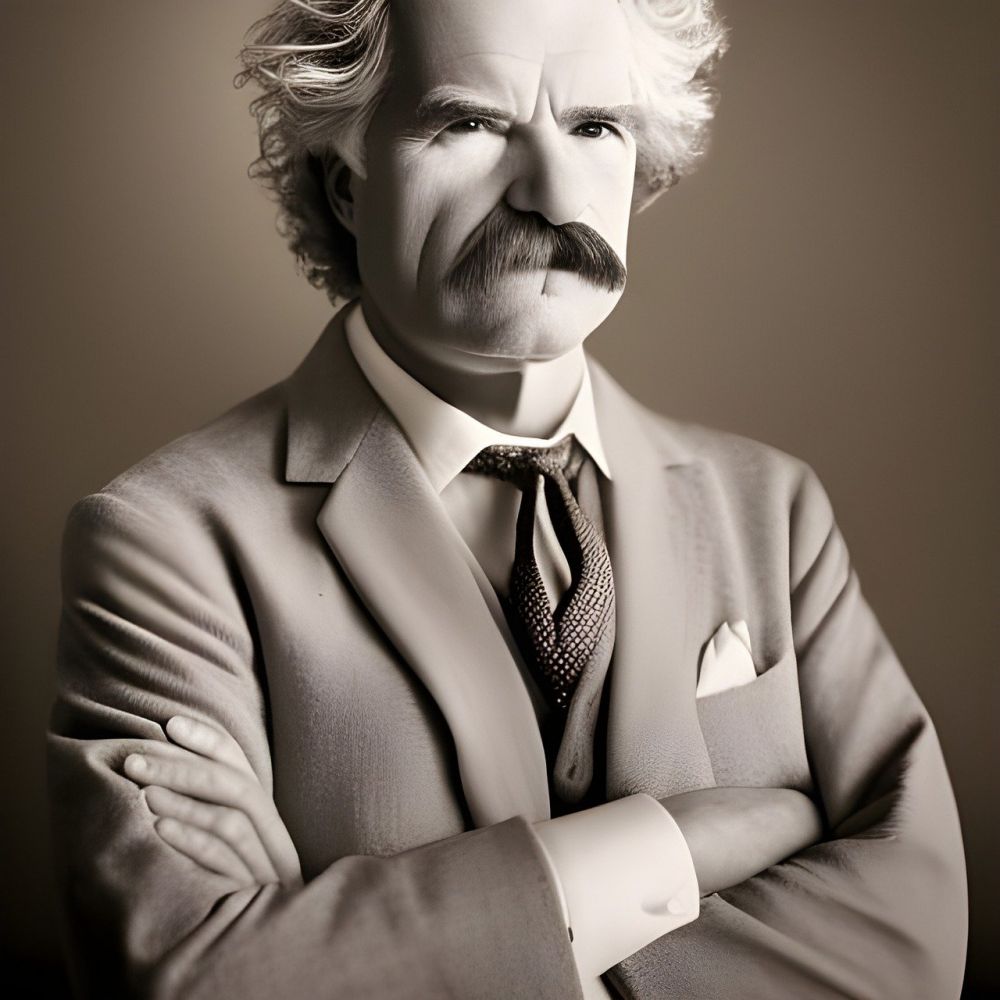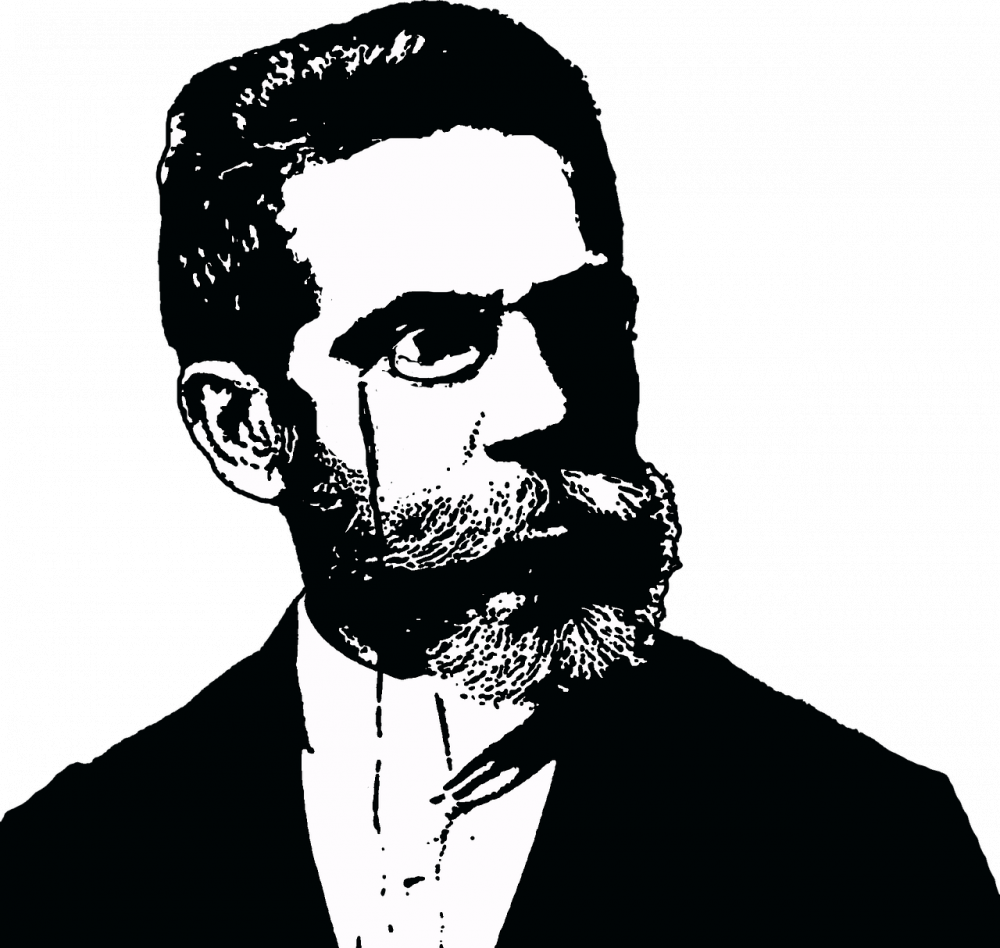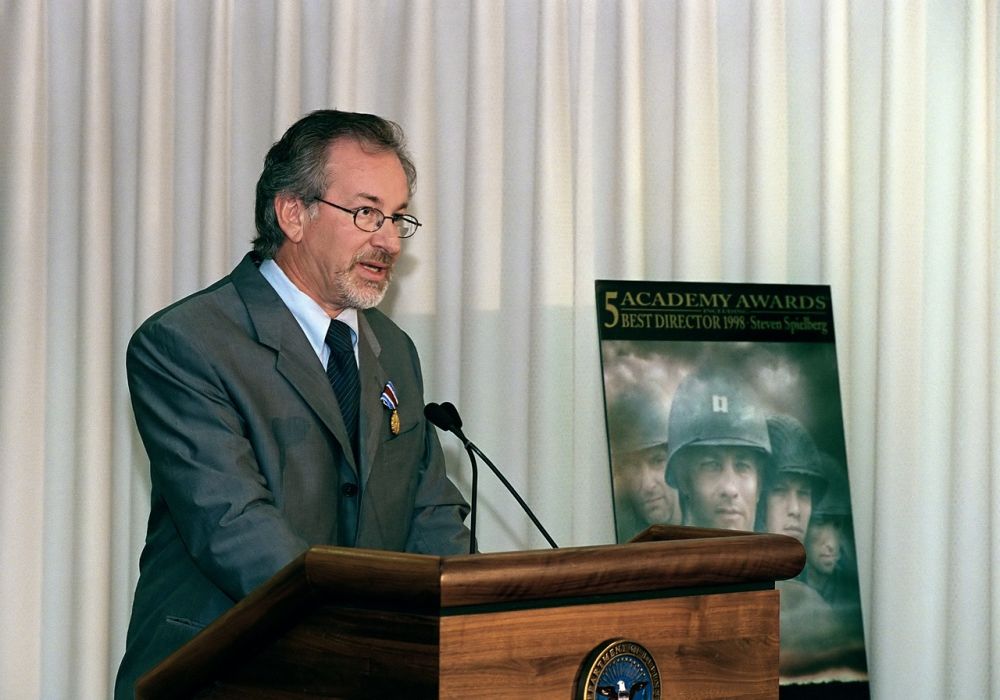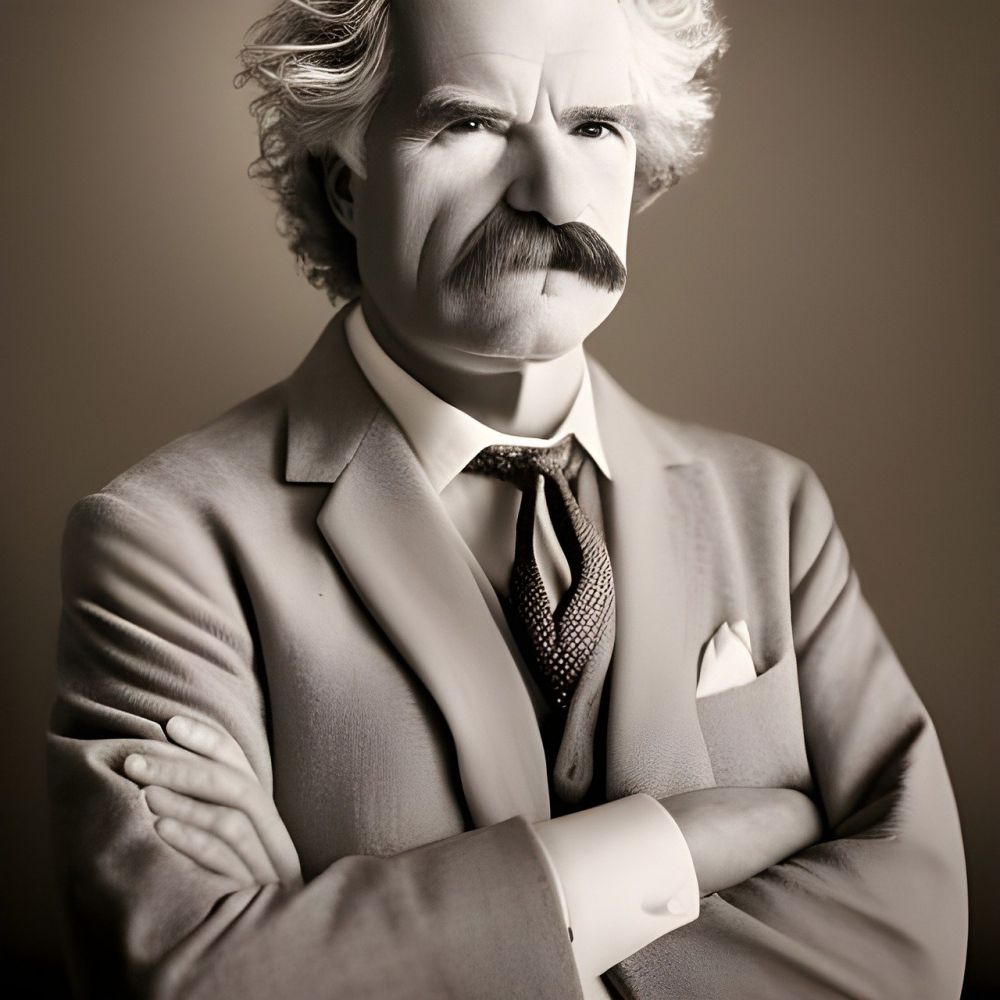Homers Odyssey: A Deep Dive into an Epic Journey
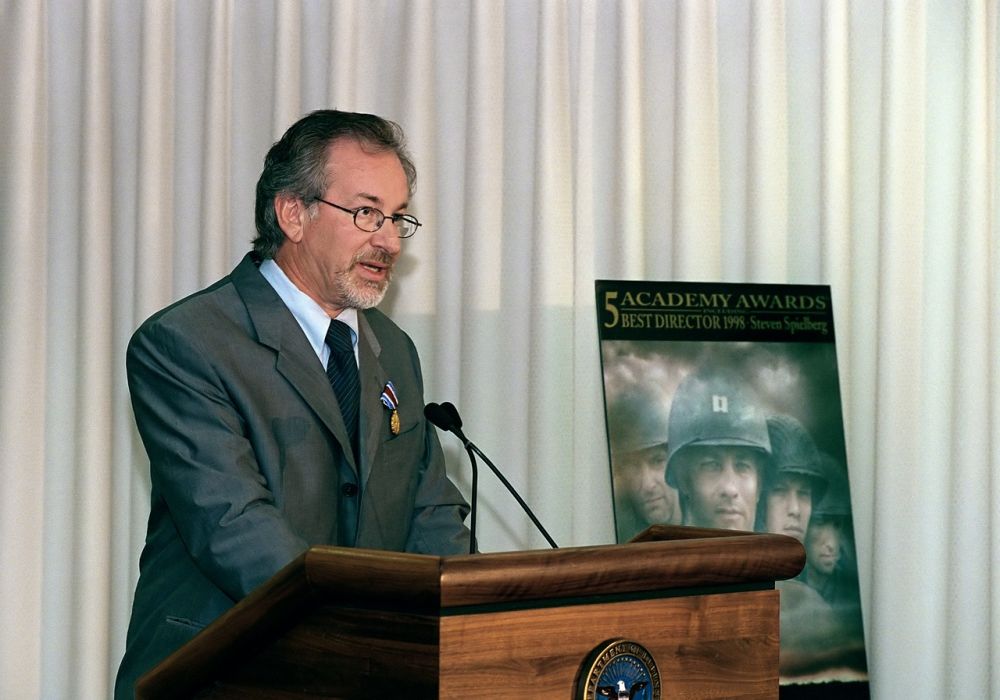
Introduction:
Homer’s Odyssey is a timeless epic poem that has captivated the hearts and minds of generations. This ancient Greek masterpiece delves into the adventures of Odysseus as he strives to return home after the Trojan War. With its compelling storytelling, vivid characters, and exploration of various themes, the Odyssey continues to be a significant piece of literature that resonates with readers worldwide.
A Historical Journey:
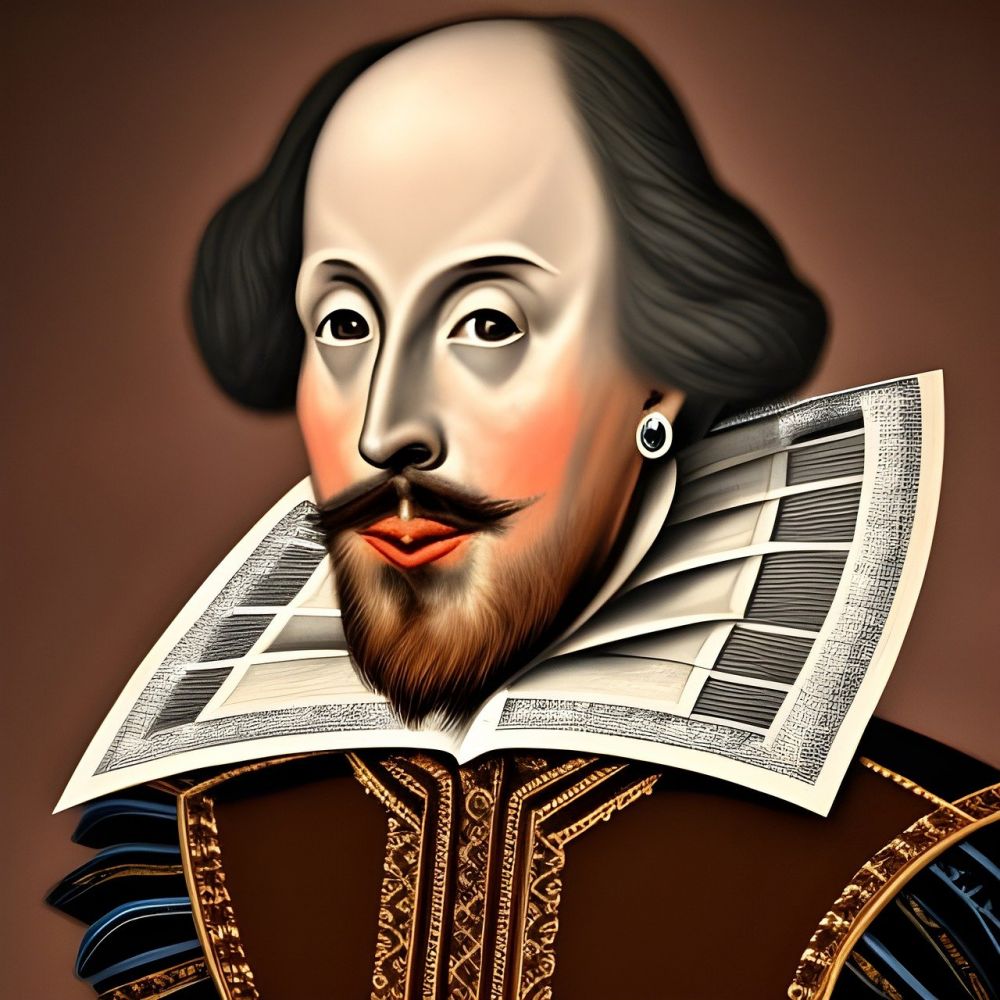
Dating back to the 8th century BCE, the Odyssey holds a prominent place in literary history. It is often attributed to Homer, a legendary poet whose existence and identity remain a subject of debate. The poem is believed to have been composed in ancient Greece, during a period when stories were primarily passed down through oral tradition.
Over time, the Odyssey has gone through a remarkable evolution. Initially, it was recited and performed by bards, entertaining audiences at renowned gatherings. As the written word gained prominence, written versions of the poem emerged, allowing a wider readership to experience the epic tale. These early manuscripts were cherished and preserved, contributing to the spread and longevity of the Odyssey.
The Impact of the Odyssey:
The Odyssey’s enduring appeal lies in its universal themes and timeless characters. The protagonist, Odysseus, embarks on an arduous quest filled with trials, tribulations, and encounters with mythical creatures and divine intervention. His journey becomes a metaphorical representation of the human condition, exploring themes such as heroism, perseverance, temptation, and the power of fate.
Moreover, the narrative structure of the Odyssey sets it apart as an exceptional work of literature. It employs various literary devices, such as flashback, foreshadowing, and dramatic irony, to engage readers and create an immersive storytelling experience. These techniques have influenced countless writers throughout history, shaping the structure of narratives in both ancient and contemporary literature.
Unveiling the Epic:
To truly appreciate the depth and brilliance of the Odyssey, it is crucial to examine its key elements and remarkable storytelling techniques:
1. The Narrative Structure:
The Odyssey is divided into twenty-four books, each presenting different stages of Odysseus’ journey. The poem begins with an invocation to the Muse, setting the tone for the epic tale that follows. The story progresses through a series of flashbacks, providing insights into the events that have transpired during Odysseus’ absence.
2. The Hero’s Trials:
Central to the Odyssey, Odysseus faces numerous trials, each designed to test his character and resilience. From encounters with monsters like Polyphemus, the Cyclops, to temptations from enchanting sirens and the goddess Circe, these challenges reveal the flaws and strengths of the hero while emphasizing his longing for home.
3. Divine Intervention:
The gods play a significant role in the Odyssey, shaping Odysseus’ fate and guiding his journey. Athena, his divine protector, frequently intervenes, offering guidance and protection. Other gods, such as Poseidon, represent obstacles and challenges for Odysseus to overcome, creating a constant struggle between the mortal and divine worlds.
4. Themes and Symbolism:
The Odyssey explores timeless themes like the power of temptation, the importance of hospitality, and the significance of homecoming. The island of Ithaca, Odysseus’ homeland, symbolizes the metaphorical journey towards self-discovery, personal growth, and the ultimate quest for fulfillment.
The Odyssey’s Influence Today:
Despite its ancient origins, the Odyssey continues to inspire and influence modern works of literature, art, and media. Its universal themes, dramatic conflicts, and memorable characters resonate with audiences from various backgrounds and cultures.
In contemporary literature, the impact of the Odyssey can be seen in novels such as James Joyce’s “Ulysses,” which mirrors the ancient epic’s structure and themes. The use of mythical creatures and gods as symbolic representations of human struggles can also be observed in popular series like Rick Riordan’s “Percy Jackson” saga.
Moreover, the Odyssey’s journey archetype has permeated popular culture, with films like “O Brother, Where Art Thou?” drawing inspiration from its narrative structure and character dynamics. The poem’s influence extends beyond the written word and continues to shape the way stories are told in various forms of media.
Conclusion:
Homer’s Odyssey remains an iconic piece of literature that has stood the test of time. Through its engaging storytelling, exploration of universal themes, and remarkable characters, it continues to captivate readers and serve as a source of inspiration for artists, writers, and filmmakers.
By delving into the historical context, narrative structure, and enduring impact of the Odyssey, one gains a deeper appreciation for the poem’s brilliance and relevance in today’s artistic landscape. This epic journey stands as a testament to the enduring power of storytelling, reminding us of the timeless lessons and rich tapestries that can be woven through words.
References:
– Homer. The Odyssey. Translated by Robert Fagles, Penguin Classics, 1997.
– Graziosi, Barbara, and Johannes Haubold, editors. Homer. The Resonance of Epic, Cambridge University Press, 2005.
